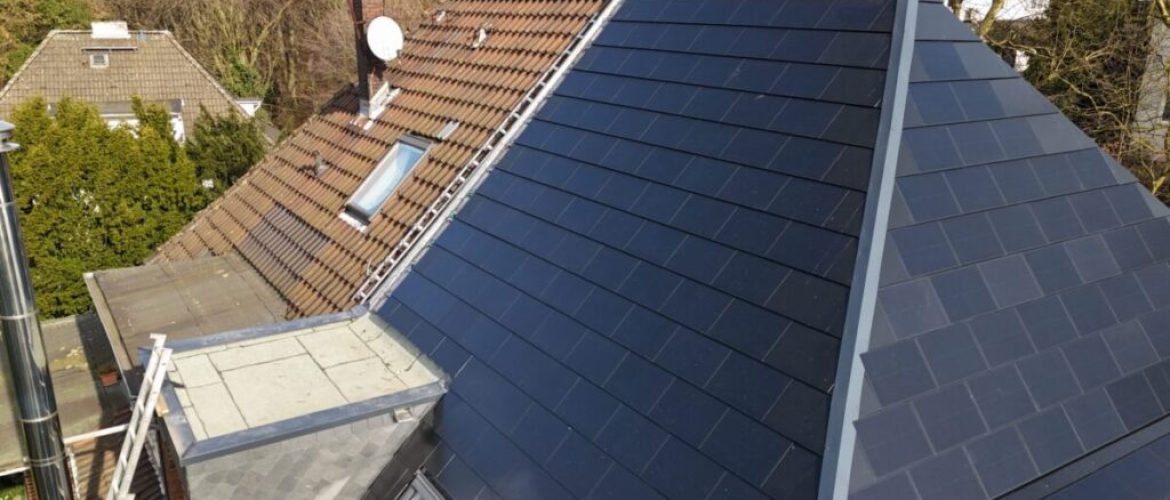The startup’s “multi-energy roof” combines photovoltaics, solar thermal energy, and roofing. According to Paxos Solar, the company—currently nearing its Paxos Solar financing target—already has orders for more than 30 projects, many of which present unique challenges.
With almost two months left, the startup Paxos Solar has already almost reached its funding goal of €1.2 million. As of Friday afternoon, 455 investors had contributed more than €1.155 million to the funding on the “FunderNation” platform . Participation starts at €100, and the term runs until the end of July 2029. Interest is paid at the end of the term. Paxos Solar also promises investors “exclusive special conditions for the installation of the system,” according to Chief Financial Officer (CFO) Guido Schumacher.
The funding is intended for scaling the startup’s business model. Paxos Solar has developed a “multi-energy roof” that combines photovoltaics, solar thermal energy, and roofing. This roof was already awarded the German Solar Prize in 2024. According to Paxos Solar, the solution is “aesthetically pleasing, technically sophisticated, and compatible with established craftsmanship.”
The startup already has orders for more than 30 projects, many of which present special challenges, such as listed roofs, complex roof shapes, or roofs with critical structural conditions. The modules installed in the “multi-energy roof” weigh only about 30 kilograms per square meter. With an output of 190 watts per square meter, they are seven times smaller than conventional solar modules and are available in hail resistance classes (HW) 5 and 6.
“Our solar roof tiles are not only technically impressive, but also aesthetically pleasing,” says Julian Münzberg, co-founder of Paxos. “With the next generation of cells from Longi, they will be even blacker, more powerful—and more beautiful. We’re aiming for more than 200 watts peak per square meter.”
With the fresh capital raised toward the Paxos Solar financing target, Paxos Solar plans to scale up operations and expand production by improving automation, efficiency, and system integration. The company also intends to add battery storage and smart control systems as part of its integration strategy. Additionally, it will allocate part of the funds to marketing and sales efforts to strengthen its market position.
“Our business model already operates successfully in the market,” says Schumacher to pv magazine. “Each completed project generates a positive contribution margin. We reach the break-even point by implementing eight to ten single-family home projects per month. At present, we are meeting that target.”



